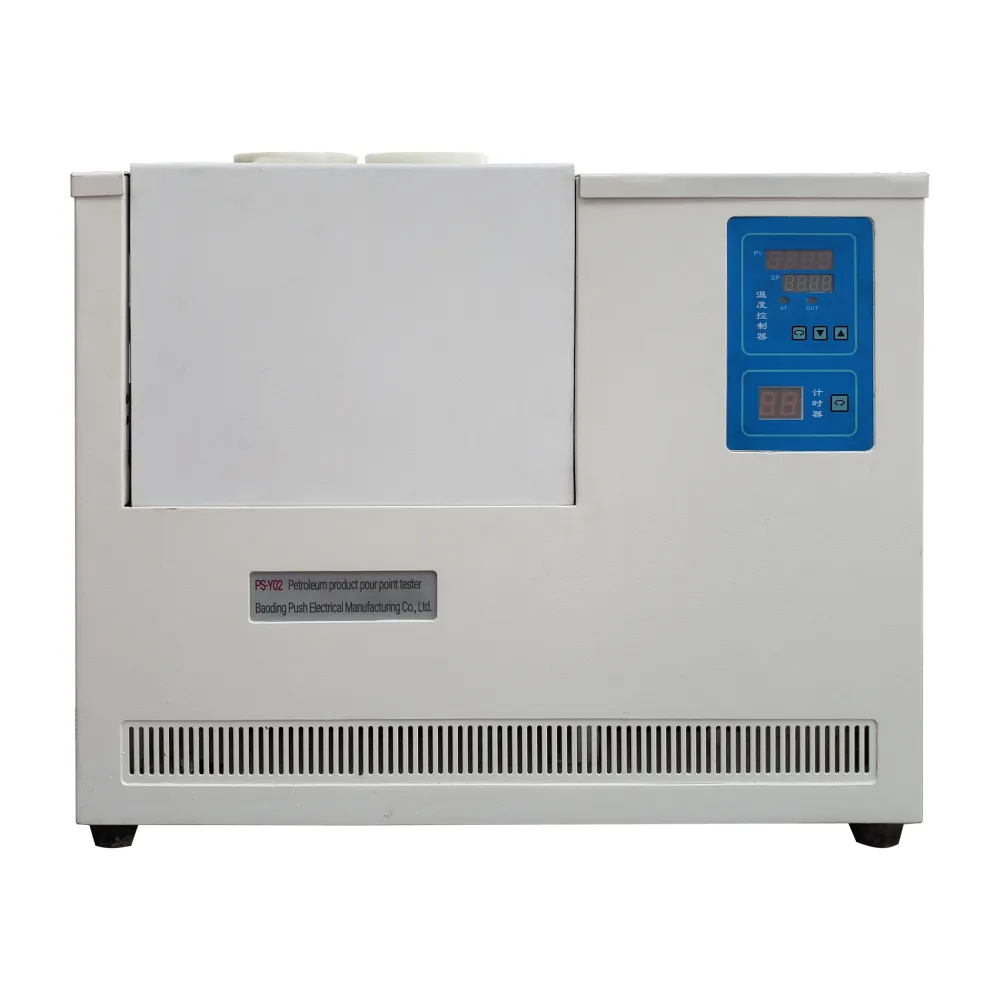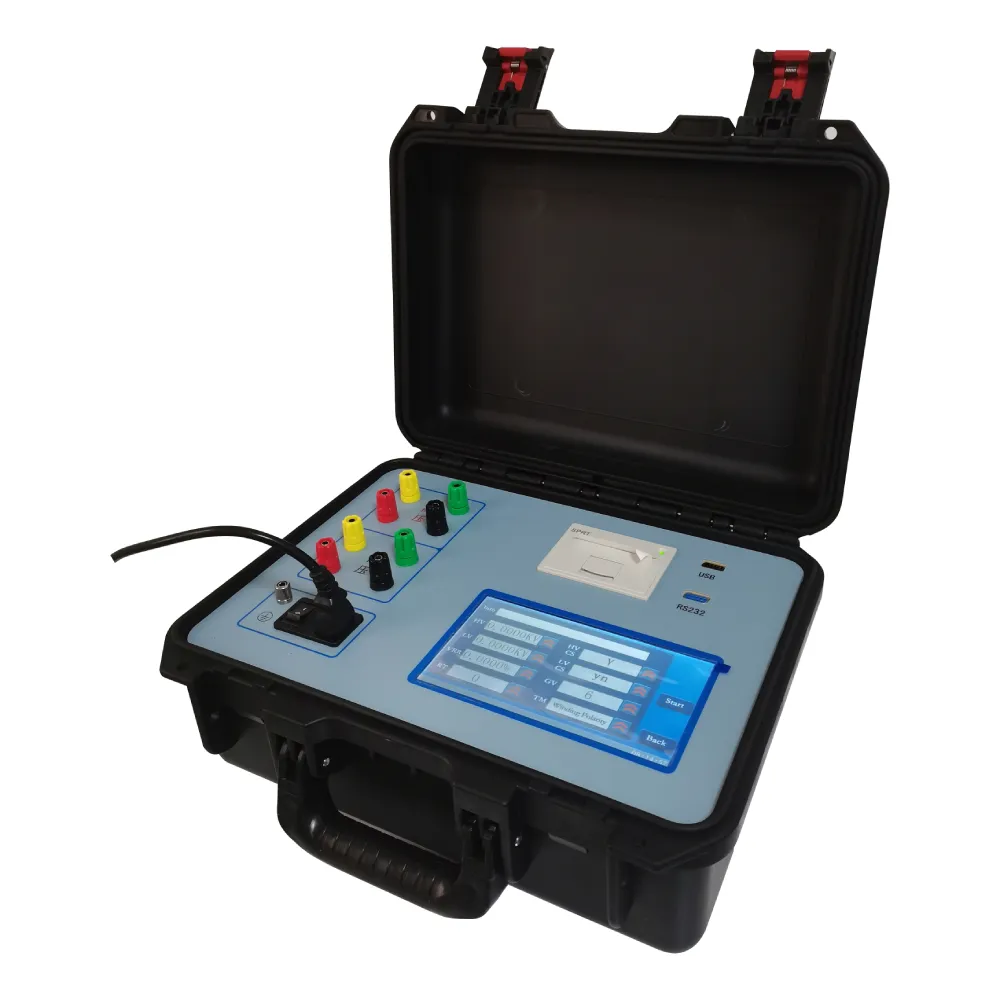 English
English



-
 Afrikaans
Afrikaans -
 Albanian
Albanian -
 Amharic
Amharic -
 Arabic
Arabic -
 Armenian
Armenian -
 Azerbaijani
Azerbaijani -
 Basque
Basque -
 Belarusian
Belarusian -
 Bengali
Bengali -
 Bosnian
Bosnian -
 Bulgarian
Bulgarian -
 Catalan
Catalan -
 Cebuano
Cebuano -
 China
China -
 China (Taiwan)
China (Taiwan) -
 Corsican
Corsican -
 Croatian
Croatian -
 Czech
Czech -
 Danish
Danish -
 Dutch
Dutch -
 English
English -
 Esperanto
Esperanto -
 Estonian
Estonian -
 Finnish
Finnish -
 French
French -
 Frisian
Frisian -
 Galician
Galician -
 Georgian
Georgian -
 German
German -
 Greek
Greek -
 Gujarati
Gujarati -
 Haitian Creole
Haitian Creole -
 hausa
hausa -
 hawaiian
hawaiian -
 Hebrew
Hebrew -
 Hindi
Hindi -
 Miao
Miao -
 Hungarian
Hungarian -
 Icelandic
Icelandic -
 igbo
igbo -
 Indonesian
Indonesian -
 irish
irish -
 Italian
Italian -
 Japanese
Japanese -
 Javanese
Javanese -
 Kannada
Kannada -
 kazakh
kazakh -
 Khmer
Khmer -
 Rwandese
Rwandese -
 Korean
Korean -
 Kurdish
Kurdish -
 Kyrgyz
Kyrgyz -
 Lao
Lao -
 Latin
Latin -
 Latvian
Latvian -
 Lithuanian
Lithuanian -
 Luxembourgish
Luxembourgish -
 Macedonian
Macedonian -
 Malgashi
Malgashi -
 Malay
Malay -
 Malayalam
Malayalam -
 Maltese
Maltese -
 Maori
Maori -
 Marathi
Marathi -
 Mongolian
Mongolian -
 Myanmar
Myanmar -
 Nepali
Nepali -
 Norwegian
Norwegian -
 Norwegian
Norwegian -
 Occitan
Occitan -
 Pashto
Pashto -
 Persian
Persian -
 Polish
Polish -
 Portuguese
Portuguese -
 Punjabi
Punjabi -
 Romanian
Romanian -
 Russian
Russian -
 Samoan
Samoan -
 Scottish Gaelic
Scottish Gaelic -
 Serbian
Serbian -
 Sesotho
Sesotho -
 Shona
Shona -
 Sindhi
Sindhi -
 Sinhala
Sinhala -
 Slovak
Slovak -
 Slovenian
Slovenian -
 Somali
Somali -
 Spanish
Spanish -
 Sundanese
Sundanese -
 Swahili
Swahili -
 Swedish
Swedish -
 Tagalog
Tagalog -
 Tajik
Tajik -
 Tamil
Tamil -
 Tatar
Tatar -
 Telugu
Telugu -
 Thai
Thai -
 Turkish
Turkish -
 Turkmen
Turkmen -
 Ukrainian
Ukrainian -
 Urdu
Urdu -
 Uighur
Uighur -
 Uzbek
Uzbek -
 Vietnamese
Vietnamese -
 Welsh
Welsh -
 Bantu
Bantu -
 Yiddish
Yiddish -
 Yoruba
Yoruba -
 Zulu
Zulu
Transformers Guard Test Kit Safe Dielectric & Voltage Analysis
Paragraph Outline:
- The Critical Role of Transformer Guard Testing in Power Systems
- Understanding Dielectric Strength: The Lifeline of Transformer Oil
- Precision Voltage Output Testing for System Stability
- Data-Driven Industry Insights: Failure Risks & Testing Benchmarks
- Comparative Analysis: Modern Transformer Guard Equipment Capabilities
- Customizable Testing Solutions for Diverse Operational Needs
- Implementation Case Studies & Reliability Validation

(transformer guard test)
Ensuring Grid Integrity Through Transformer Guard Testing
Electrical substations rely on transformer guard test
protocols to prevent catastrophic failures. The 2023 North American Reliability Report indicates 42% of unplanned outages stem from undetected insulation degradation. Transformer guard testing combines dielectric analysis, voltage calibration, and thermal diagnostics to identify vulnerabilities before they escalate. Utilities implementing quarterly testing reduced failure rates by 68% compared to annual schedules. This preventative approach safeguards against environmental contamination, aging components, and load fluctuations that collectively contribute to $17B in global annual outage losses.
Dielectric Strength Assessment Methodology
Test the dielectric strength of transformer oil using ASTM D877 and IEC 60156 standards, which measure breakdown voltage thresholds. Modern automated analyzers complete four consecutive tests in under 20 minutes with 0.2kV accuracy. Critical parameters include:
• Moisture content - Above 35 ppm reduces breakdown voltage by 50%
• Particulate levels - 3-5 micron particles decrease insulation capacity by 18kV/mm
• Aging indicators - Acid number >0.2 mg KOH/g triggers mandatory filtration
Data from EPRI shows dielectric testing prevented 3,200 transformer explosions in 2022 by identifying 83% of fluid degradation cases before reaching critical failure thresholds.
Output Voltage Verification Protocols
To test transformer output voltage accurately, technicians employ precision reference meters with 0.05% tolerance. Three-phase measurements must not deviate beyond ±0.8% from nominal voltage under 75-100% load conditions per ANSI C57.12.00 standards. Field data reveals:
• Voltage imbalance exceeding 2% causes 15% temperature rise
• Harmonic distortion above 5% THD accelerates insulation aging by 2.7x
Automated testing rigs now conduct dynamic load sweeps across 0-150% capacity in 3-minute cycles, replacing manual spot-checks that missed 44% of intermittent irregularities.
Industry Failure Statistics & Risk Assessment
| Component | Annual Failure Rate | Avg. Repair Cost | Testing Frequency |
|---|---|---|---|
| Insulation System | 22.3% | $147,000 | Quarterly |
| Tap Changers | 16.8% | $63,500 | Semi-annual |
| Bushings | 31.1% | $38,200 | Monthly |
The CIGRE survey shows 92% of severe transformer failures presented detectable warning signs during guard testing 6-18 months prior.
Technical Specifications: Testing Equipment Capabilities
| Parameter | Standard Testers | Advanced Guard Systems |
|---|---|---|
| Dielectric Test Voltage | 0-70 kV | 0-100 kV (0.1kV steps) |
| Voltage Test Accuracy | ±1% | ±0.2% |
| Automated Reports | Basic Formats | Predictive Analysis |
Leading systems now integrate DGA sensors with guard testing functions, detecting gassing patterns during dielectric breakdown simulations.
Application-Specific Testing Configurations
Wind farm transformers require specialized guard testing configurations to address harmonic-induced dielectric stress not found in grid applications. Customized solutions include:
• Offshore platforms - Salt-mist resistant enclosures and 250kV breakdown testing
• HVDC converter stations - DC bias injection during AC dielectric tests
• Critical infrastructure - Continuous online monitoring with automated guard test triggering
Thermal stress simulations differ by climate zone - desert installations add 40°C baseline adjustments to standard temperature cycling protocols.
Transformer Guard Test Validation in Industrial Applications
A chemical plant implemented transformer guard testing across 27 substations, reducing reactive maintenance costs by 73% in 18 months. The program identified 14 impending bushing failures during routine dielectric checks, preventing $2.1M in production losses. Utilities standardizing these protocols achieve 99.92% reliability rates in medium-voltage transformers through proactive component replacements based on predictive scoring algorithms. Continuous transformer guard testing establishes baseline performance fingerprints essential for digital twin implementations across modern power infrastructure.

(transformer guard test)
FAQS on transformer guard test
Q: What is a transformer guard test?
A: A transformer guard test checks protective devices, like relays and alarms, to prevent failures during electrical faults. It verifies if safety systems activate correctly under simulated disturbances. This helps maintain transformer reliability and operational safety.
Q: How do you test the dielectric strength of transformer oil?
A: Test using a dielectric strength kit by applying increasing voltage to oil samples until breakdown occurs. Measure the point of insulation failure to assess oil quality. Regular testing ensures the transformer oil maintains its insulating properties and prevents short circuits.
Q: Why test transformer output voltage regularly?
A: Regular testing detects voltage fluctuations that could damage connected equipment. It identifies issues like winding degradation or load imbalances. Consistent checks ensure stable power supply and extend transformer lifespan.
Q: What steps are in a transformer guard test procedure?
A: De-energize the transformer and inspect protection relays. Simulate faults to test alarm and trip circuit responses. Record and analyze results to confirm system integrity.
Q: What safety tips apply during transformer guard or oil tests?
A: Always follow lockout/tagout procedures to de-energize equipment. Wear PPE like gloves and goggles when handling high-voltage tests. Adhere to industry standards to minimize electrical hazards.
-
Ensuring Transformer Reliability with High-Precision Turns Ratio TestingNewsJul.18,2025
-
Ensuring SF₆ Gas Safety: Introducing PUSH’s Integrated SF₆ Analyzer for Dew Point, Purity, and Decomposition MonitoringNewsJul.10,2025
-
Exploring the Main Types of Industrial Endoscopes and Their Applications Across IndustriesNewsJul.04,2025
-
Testing Equipment Industry Sees Major Advancements in 2025: Smart & Precision Technologies Lead the WayNewsJun.06,2025
-
Applications of Direct Current Generators in Renewable Energy SystemsNewsJun.05,2025
-
Hipot Tester Calibration and Accuracy GuidelinesNewsJun.05,2025



